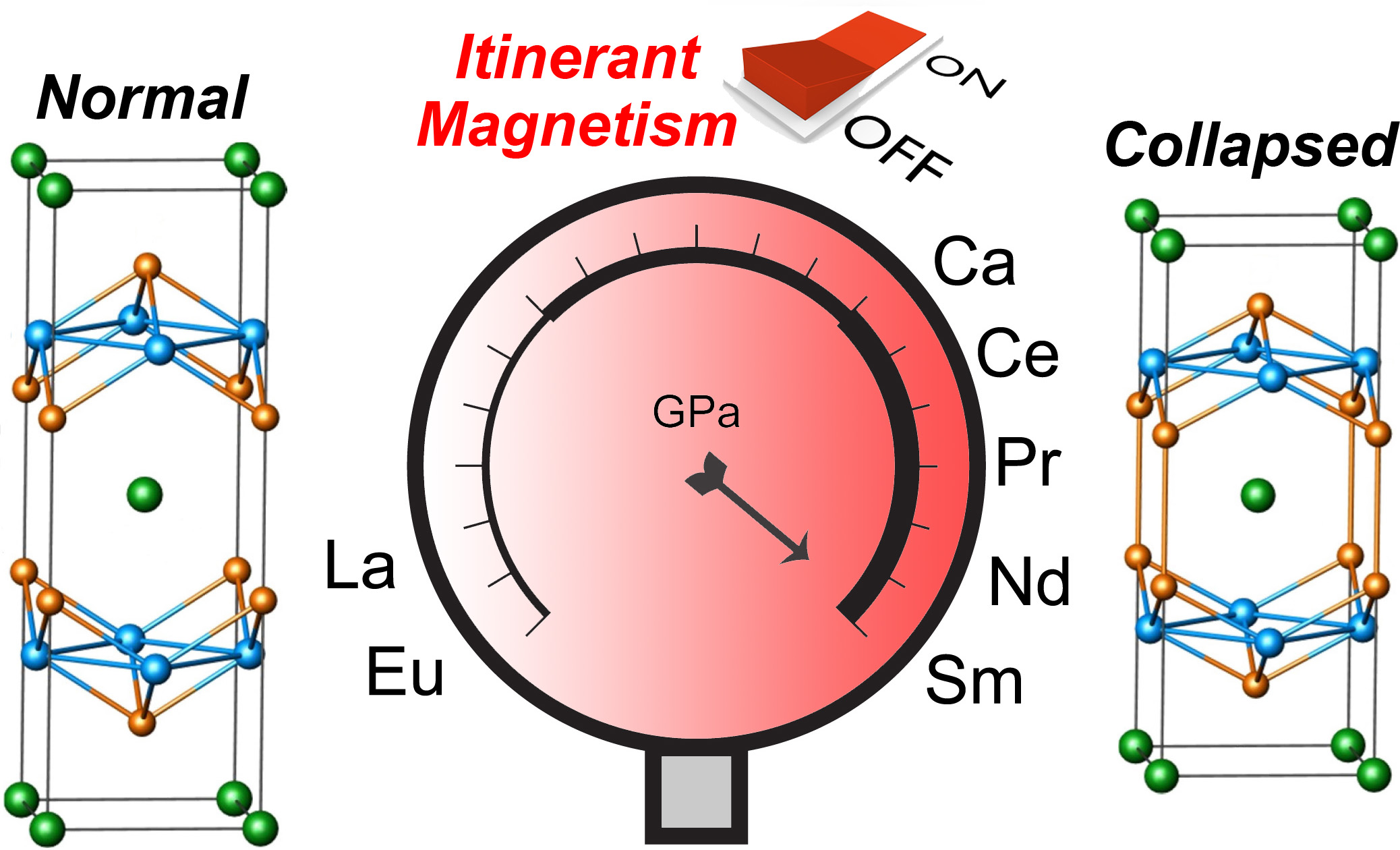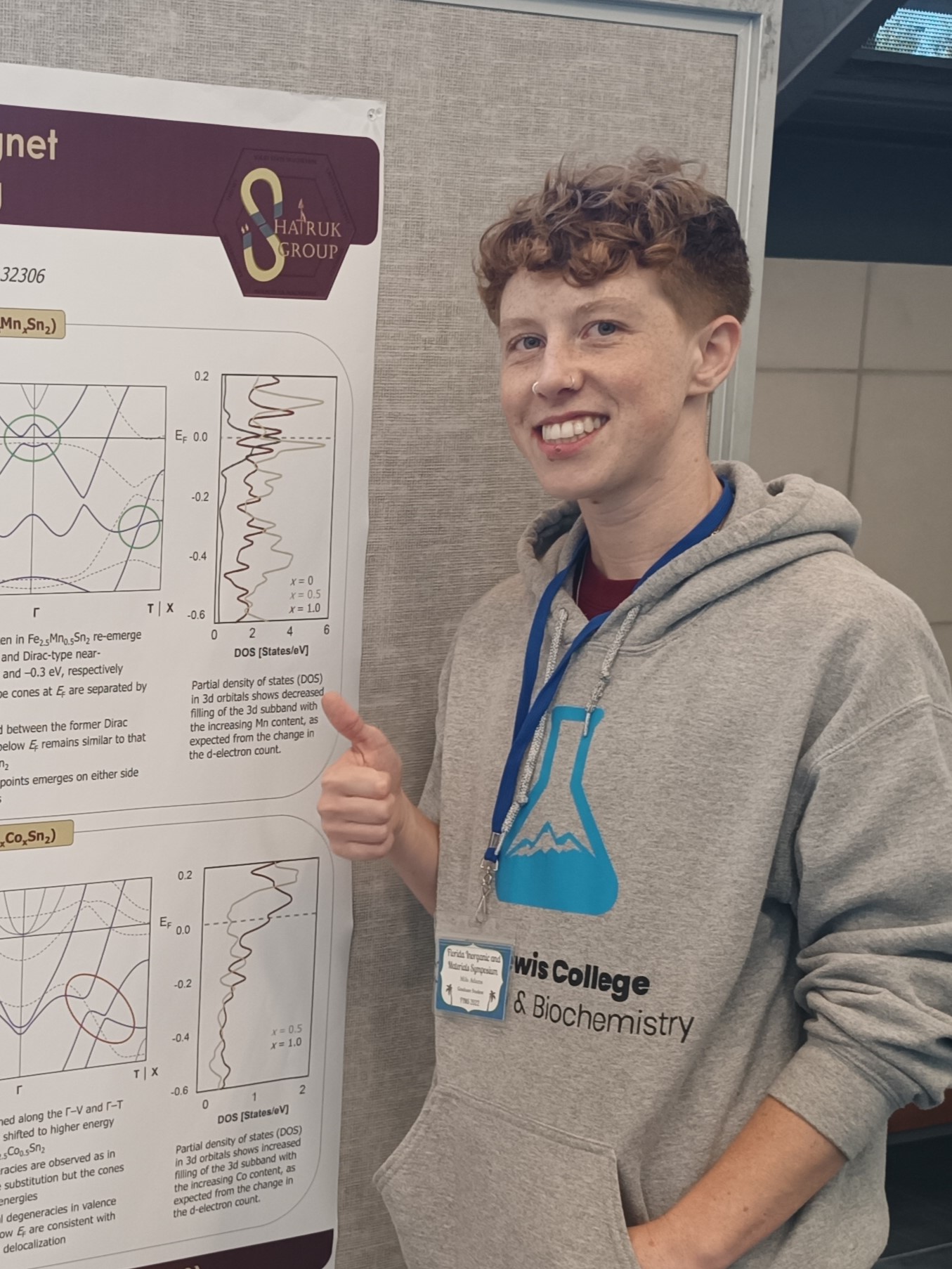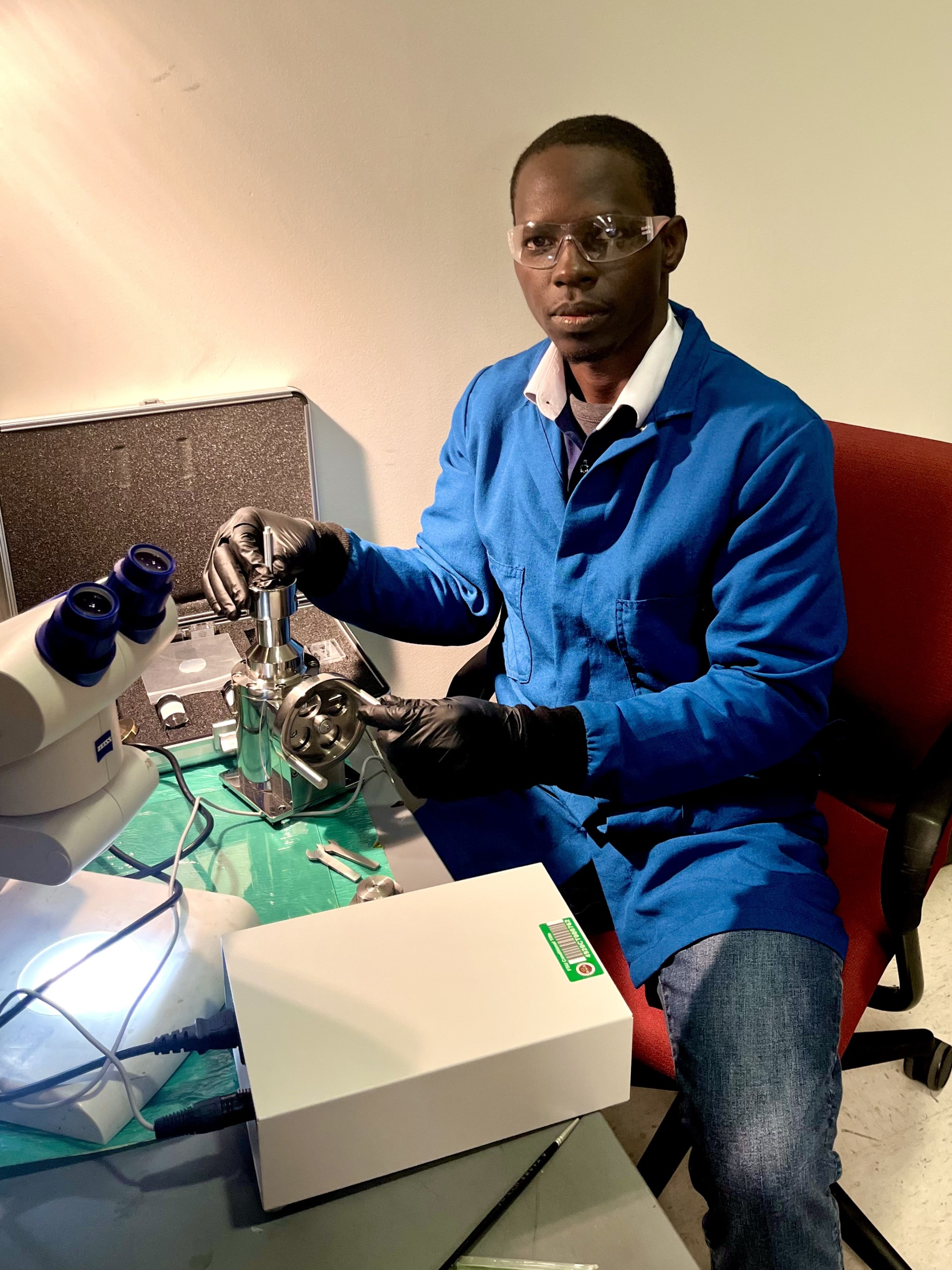Itinerant Magnets and Spin Liquids

Figure 1. Depicting the ambient- and high-pressure structure types of ACo2P2 (A = Ca, La, Ce, Pr, Nd, Sm Eu) .
The central focus of this project is on the magnetic and structural properties of rare-earth cobalt phosphides with the ThCr2Si2-type structure (Fig. 1). While ternary phosphides RCo2P2 (R = La, Ce, Pr, Nd, Sm) show rather simple magnetic behavior,1 quaternary phases La1-xPrxCo2P2 exhibit multiple magnetic transitions, leading to the observation of such interesting phenomena as metamagnetism and magnetic pole reversal.2,3 The ferromagnetic transition temperature of LaCo2P2 (TC = 132 K) is dramatically raised upon substitution of R for La, reaching almost room temperature for La0.12Pr0.88Co2P2 and La0.25Nd0.75Co2P2 (Fig. 2). This is in drastic contrast to the isostructural La1-xRxMn2E2 (E = Si, Ge) phases,4 in which the ferromagnetic transition remains essentially unaffected by the substitutions in the rare-earth sublattice.
The increase in the ferromagnetic ordering temperature can be rationalized by the analysis of the calculated spin-polarized density of states, which reveals a larger difference in the population of the majority and minority spin subbands for the higher R content.2 This leads to stronger intralayer exchange interactions between the Co centers. The observed magnetic and structural properties prompt investigation of the rare-earth cobalt phosphides under high applied pressure and/or magnetic field, which might lead to detection of new magnetic and/or structural transitions. The exact nature of the observed magnetic ordering will be probed with neutron diffraction and XMCD, experiments that are currently underway.
Spin Liquids, Helimagnets, and Skyrmions
These unusual states of matter exhibit exotic non-collinear spin textures due to competing magnetic interactions, known as spin frustration. These unusual spin arrangements are studied by neutron diffraction or Lorentz transmission electron microscopy (LTEM).
References
- 1. Tan, X.; Tener, Z. P.; Shatruk, M. Correlating itinerant magnetism in RCo2Pn2 pnictides (R = La, Ce, Pr, Nd, Ca; Pn = P, As) to their crystal and electronic structures. Acc. Chem. Res. 2018, 51, 230-239
- 2. Shatruk, M. Chemical aspects of itinerant magnetism. In Encyclopedia of Inorganic and Bioinorganic Chemistry, Scott, R. A., Ed.; Wiley-VCH: Chichester, 2017.
- 3. Tan, X.; Fabbris, G.; Haskel, D.; Yaroslavtsev, A. A.; Cao, H. B.; Thompson, C. M.; Kovnir, K.; Menushenkov, A. P.; Chernikov, R. V.; Garlea, V. O.; Shatruk, M. A transition from localized to strongly correlated electron behavior and mixed valence driven by physical or chemical pressure in ACo2As2 (A = Eu, Ca). J. Am. Chem. Soc. 2016, 138, 2724-2731.






